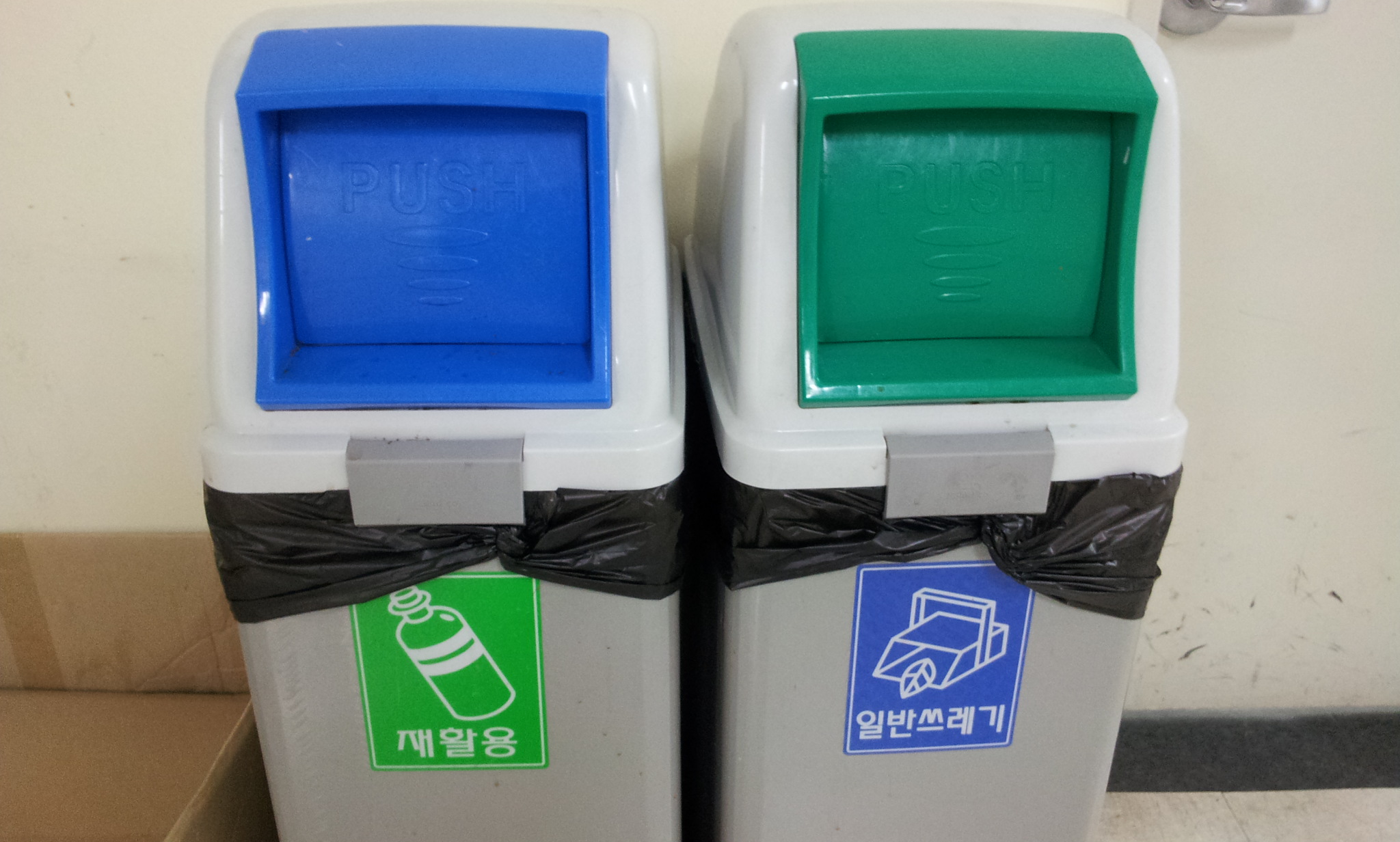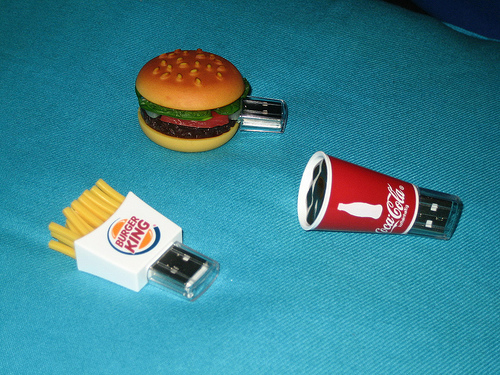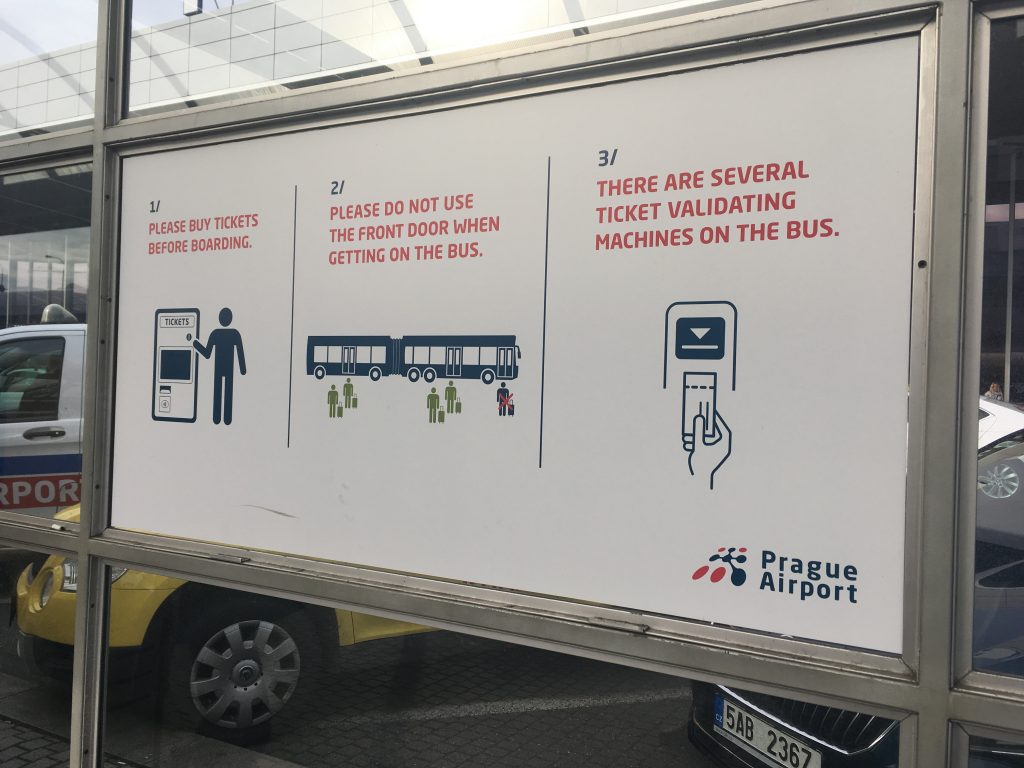
At Quora, someone asked “Why do people exit the bus at the front door even when it’s not crowded?” It received seven answers.
- Habit. If a bus has two doors it is actually more efficient for passengers to exit by the back door as any new passengers enter through the front door. However, most people use the front door when exiting out of habit, sometimes even walking the full length of the bus to do so.
- I do it for two reasons. First: I do it because I may be transferring to another bus. And believe me, getting out the back door vs. the front can make the difference between making your next bus and missing it. It happens sometimes, and i never know which time it will be. Second: I do it so I can thank the driver personally. They have a tough job. Lots of people abuse them. I like to treat them well.
- Because it is safer. Using a back door bears the risk that the bus driver won’t see you and could slam the door on you or depart while you are in mid-air. It has happened to me on more than one occasion.
- I do so mostly out of habit but also so that I can thank the driver. These women and men sometimes cop abuse that is quite unwarranted in my view. They deserve the same courtesy as everyone else and for getting me to my destination safely and comfortably.
- Maybe they were closer to the front than rear. Maybe they did not feel like walking to the rear. Maybe they were unsure if the rear is crowded. Maybe they were absent-minded and accidentally took the front. Maybe they figured it doesn’t matter. There could be many ‘maybes’, all with their own reasons, only way to be sure is to ask.
- Handicapped people find it easier to use the front. The driver can pull closer to the curb and “kneel” the bus to make it easier for cane-users. Wheelchair-users need the ramp in the front of the bus.
- If they are sitting right at the front of the bus it is the closest door. It is normal to just exit at the closest door.
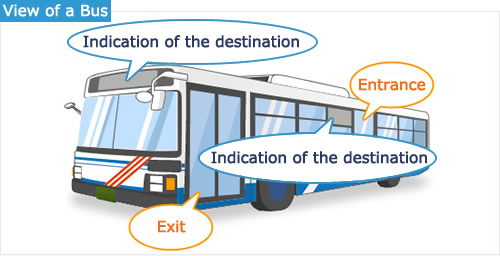
All the answers were based on the assumption that people should enter the bus at the front door. I used to have the same thought before I went to Prague and Nagasaki where the front door of the bus was designed differently.
At these two cities, passengers get off the bus at the front door. In other words, at Prague and Nagasaki, people exit the bus at the front door not because of habit or convenience but because they are educated and trained. Something that was taken for granted to me was not to them.
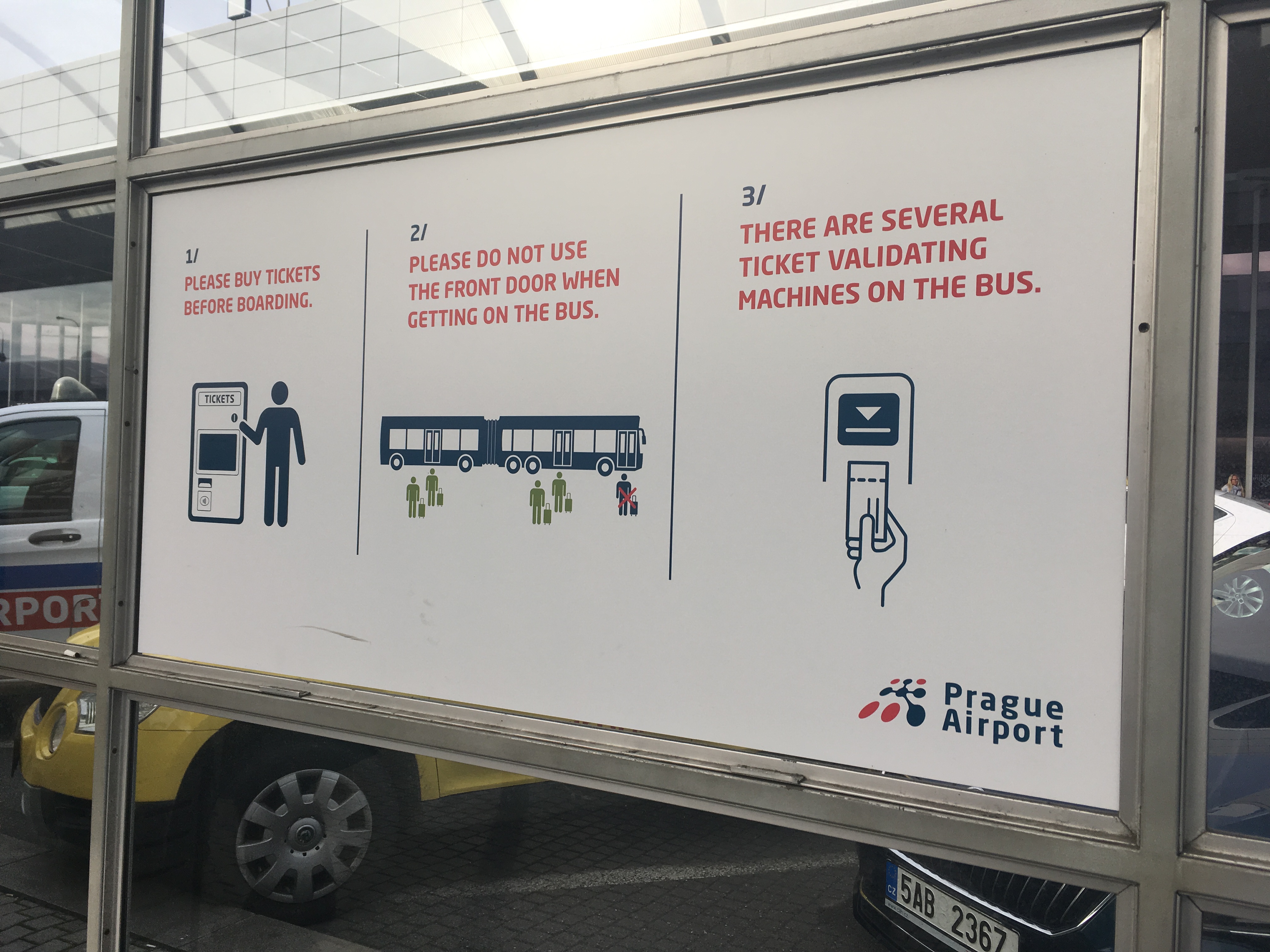




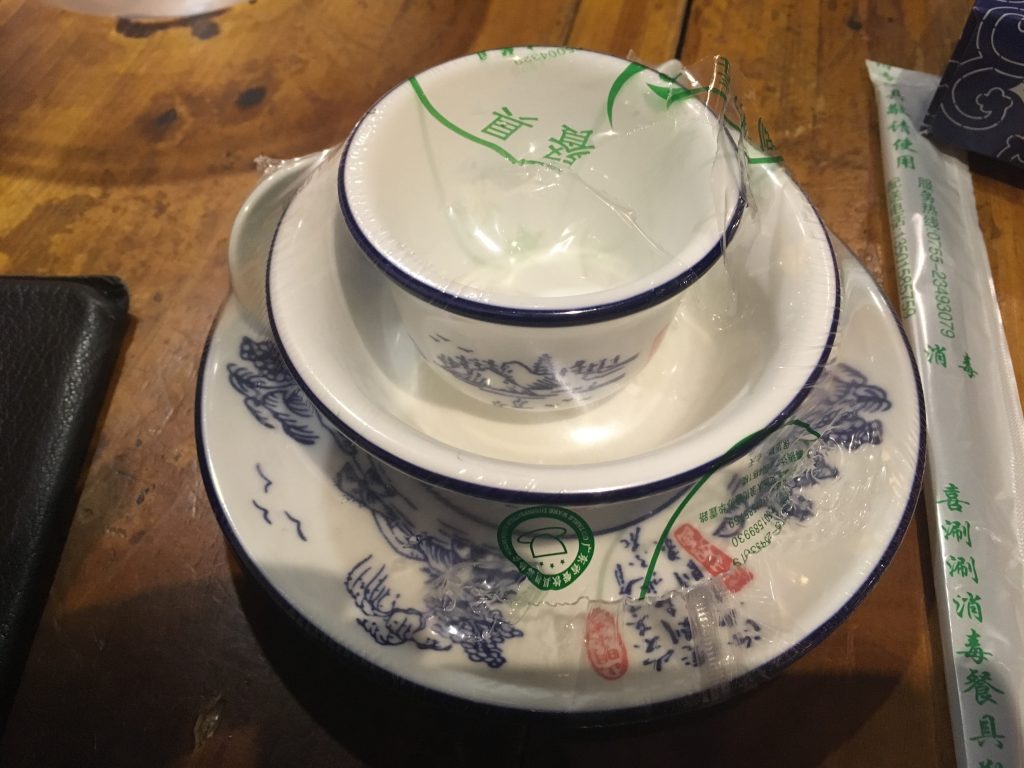

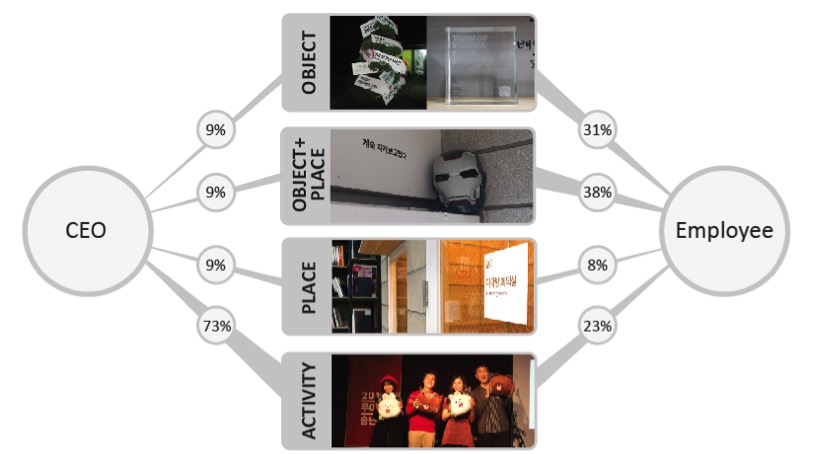
 … This company (
… This company (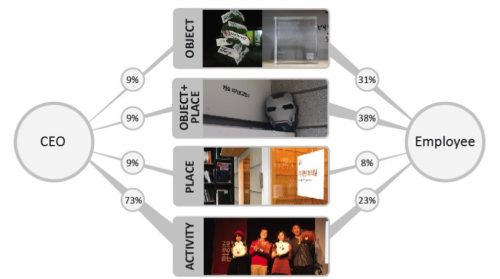 … We collected leadership cues from two parties, the CEO and employees, and then mapped them onto
… We collected leadership cues from two parties, the CEO and employees, and then mapped them onto 